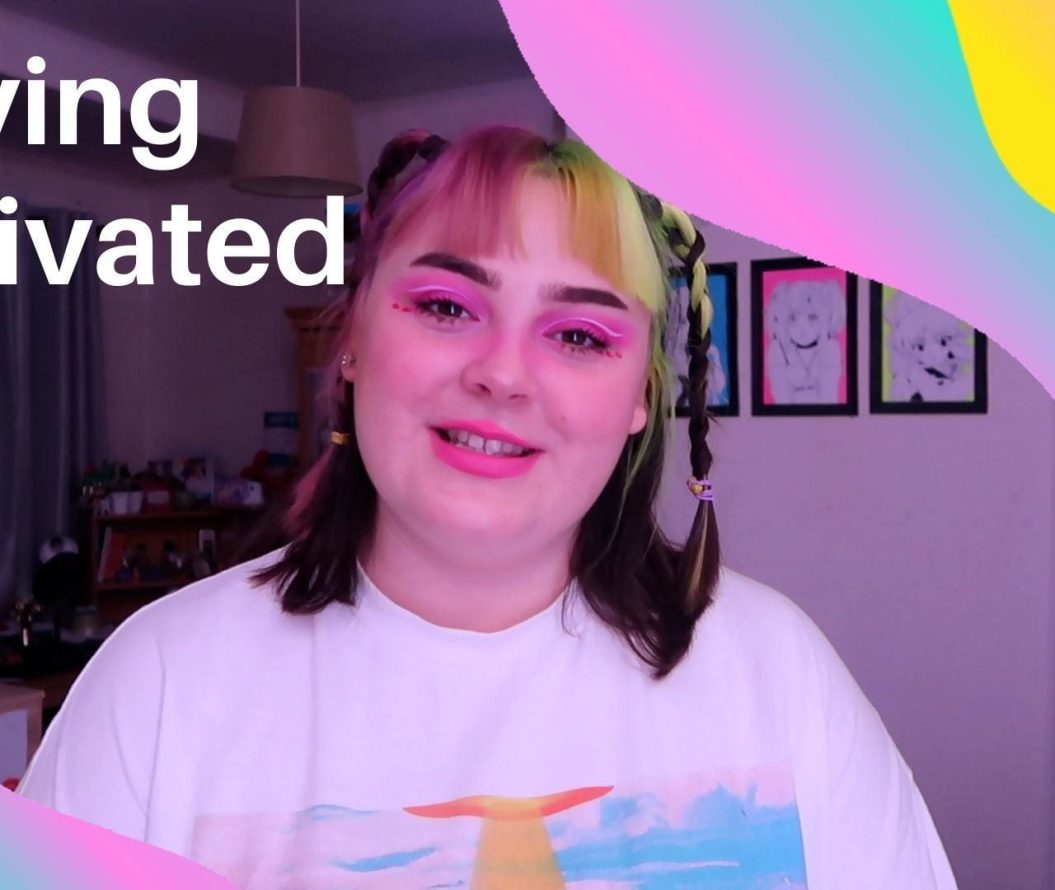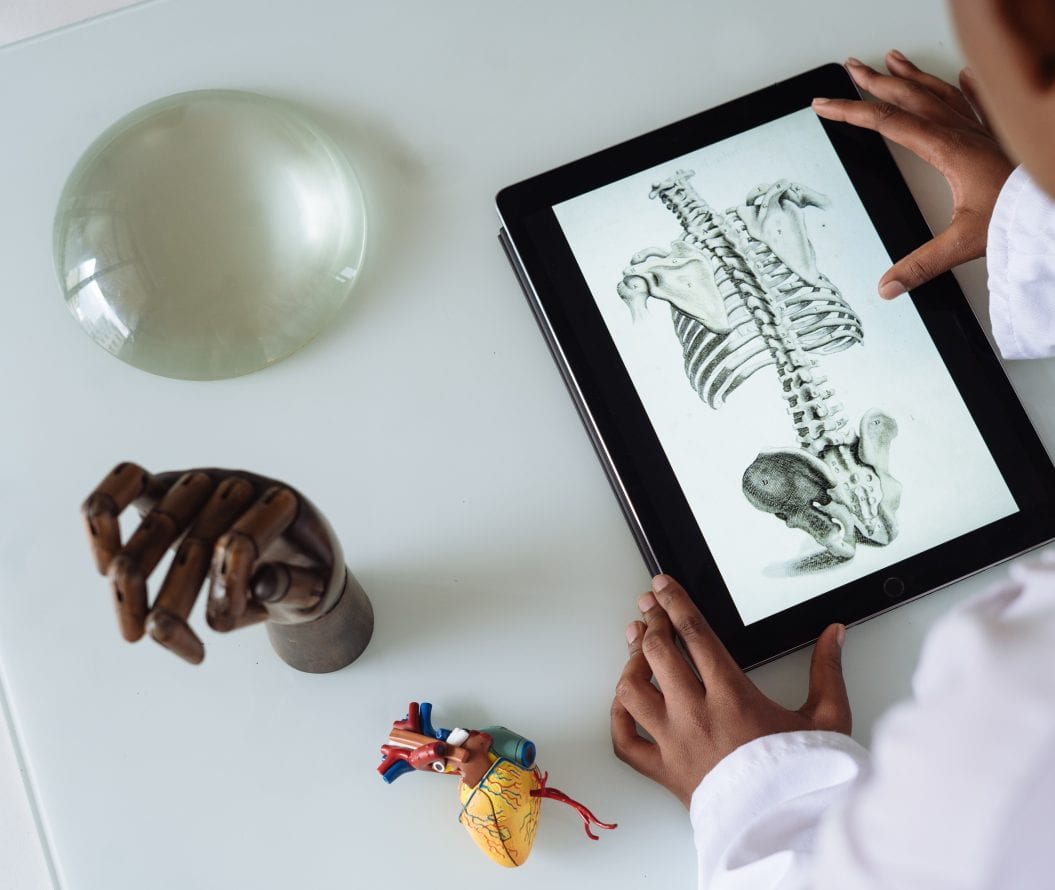
Five tips for better presentations
If your “palms are sweaty, knees weak, arms are heavy,” about doing presentations at uni, the following five tips can help you improve your game and get over those nerves.
1) Know Your Subject
Presentations aren’t really something you can just ‘wing’ and do well. It might seem obvious, but truly knowing your subject will make everything else fall into place, including nerves.
If a random person came up to you and asked a question about the subject, could you reel off a bunch of relevant information? If not, you don’t know it well enough to give a presentation and will easily get lost.
2) Slides are for Your Audience
You can use PowerPoint slides as a prompt (in the same way you would use cue cards), but their main purpose is to engage the audience with relevant visuals and added information, while you deliver the verbal side of the presentation from memory.
You will be marked down if all you do is read your slides, especially if you hide behind a computer screen to do it.
That means you need to practise …
3) Have a Structure and Practise from a Script
The old adage of ‘practise makes perfect,’ definitely applies to presentations.
While reading from a script will not be very effective on the day, practising from one is very important. It will allow you to get comfortable with the subject, time yourself (depending on the requirements), and help you decide how many slides to use.
There’s no set rule, but aiming for one paragraph and slide per point/sub-topic, is a simple way to do it. Once you get writing the script, it will become more obvious how to structure the information.
When you have practised enough from the script, move on to cue cards with a few bullet-points of information to keep you on track.
Note: Don’t forget to practise using your slides, as you can quickly become flustered if you forget to click forward or jump ahead.
4) Be Animated and Engage the Room
Only the most interesting people can command an audience just by speaking. For the rest of us, we need to be a bit more animated. That means scanning the room between points and making a bit of eye contact, talking with your hands, filling the space by pacing, and demonstrating high energy.
Simply asking the audience if they have any questions at the end is one way to engage them directly. Another is to reference them during the presentation itself. For example:
“I don’t know about you, but …”
“Hands up who has done x …”
5) Take Your Time and Speak Clearly
Although you might want to get the presentation over with as soon as possible, talking fast will lose your audience and give off a nervous vibe.
If the content is good, then taking your time and speaking clearly is the best way to get them interested and give off a calm and confident vibe.
Quick Tip: Have a bottle of water on hand in case you need to clear your throat.
This article is featured on Learning at Lincoln.
- Topics
- Learning at Lincoln
- Presentations


